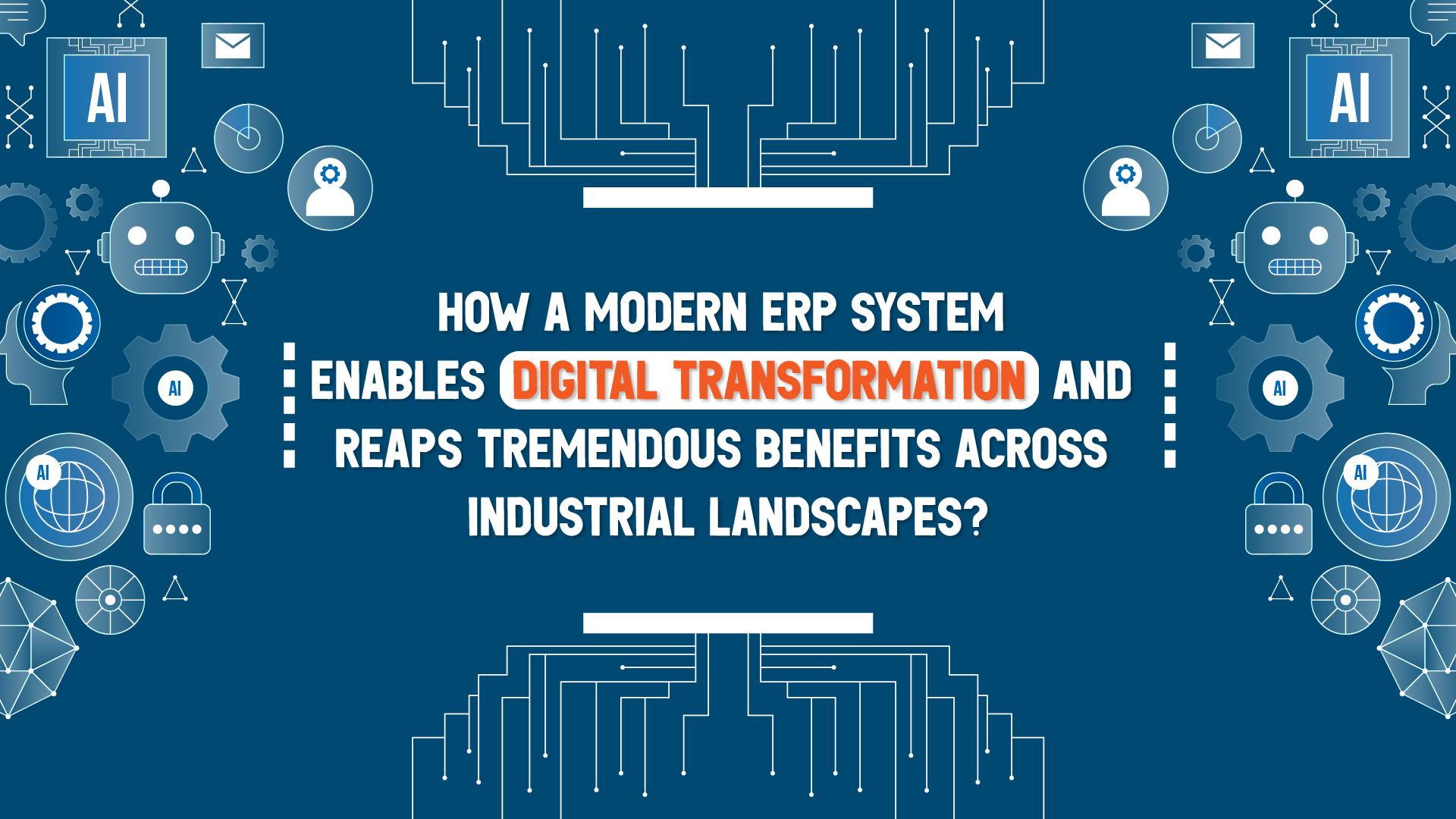
- Julius Rassou
- 20-Oct-2017 02:53:09
The ERP Excellence in Budgeting Management
Budgeting is a process to access, decide, and detail the allocation of money based on the strategic and tactical financial targets of any business. It is an integral part of financial success. An ERP solution for Budgeting; through precedents, real-time data, and accurate predictions; handholds business decision makers to draw budgets that perpetually stay synchronized with the financial climate of the period for which the Budget is slated. By minimizing the time-consuming and tedious data entry, ERPs enable the preparation of instantaneous budgets.
Based on the financial orientations of businesses, Roadmap ERP’s Budgeting solution is designed to facilitate the construction of budgets in the three methods briefed below:
1. Static Budgeting:
Static Budgeting is structured upon a business’ anticipated level of output and revenue at the start of any given accounting period, on a single level of activity. The budget is deemed to remain constant irrespective any variation in other factors, such as sales volume and revenue. The projected values of a static budget are often different from the actual results. From the difference between the numbers envisioned by the static budget and the real-time scenario the Static Budget Variance is derived. This is used to get a clear picture of any overestimation or underestimation of expenses and revenues, through the ‘Static Budget Variance’ analysis, which provides the scope to productively alter future strategies.
Static Budgeting does not provide any flexibility to make amendments beyond the scope defined by it, thereby stipulating companies to act within its limits. Such stipulation often leads to the making of smart spending decisions. A much-cherished advantage of Static Budgeting is in that it is easy to implement, and it does not need to be updated through the accounting period it is intended to cover.
2. Flexible Budgeting:
Flexible Budgeting forecasts multiple levels of revenue that correspond to a range of investments. This is done by fixing the exact amount of business sales activity as the measure, and then proceeding to compute different percentages of revenue for the respective percentage of investment. Business stakeholders will have to just choose the best level range of investment and revenue, wherein the efficiency of profit is the maximum.
Roadmap ERP’s Budgeting module simplifies the Flexible Budgeting process by provisioning the easy loading of data into the system just at the click of a button. Further, budgeted expense and revenue levels are automatically generated by the model by means of formulae that are set to represent the resultant value at different levels of activity in terms of percentage.
3. Rolling Budgeting:
Rolling Budget operates by dividing any prescribed time span for budgeting into two periods, namely, Primary period and Secondary period. For example, in the instance of an annual budget, the system divides the year into, say, a 3-month Primary period and a 9-month Secondary period. Then a budget is fixed for the Primary period, while a tentative budget is drawn for the Secondary period. Upon completion of the Primary period (3 months in this case), it is dropped; and the first 3 months from the Secondary period is pulled up to be the new Primary period, while the Secondary period is extended into its immediately following 3 months. This process is repeated with due consideration for inferences from the erstwhile Primary periods, thereby ensuring the perpetual existence of an annual/periodic budget for the business.
Rolling budget is a boon for companies that are exposed to extremely varying elements of commerce, owing to circumstances and conditions that are constantly changing. The flexibility of the budget to be revised at regular short intervals keep the real-time financial standings of the businesses employing it to be seamlessly streamlined with successive financial periods by means of attributing timely corrections to expenses and income.



.jpg)
